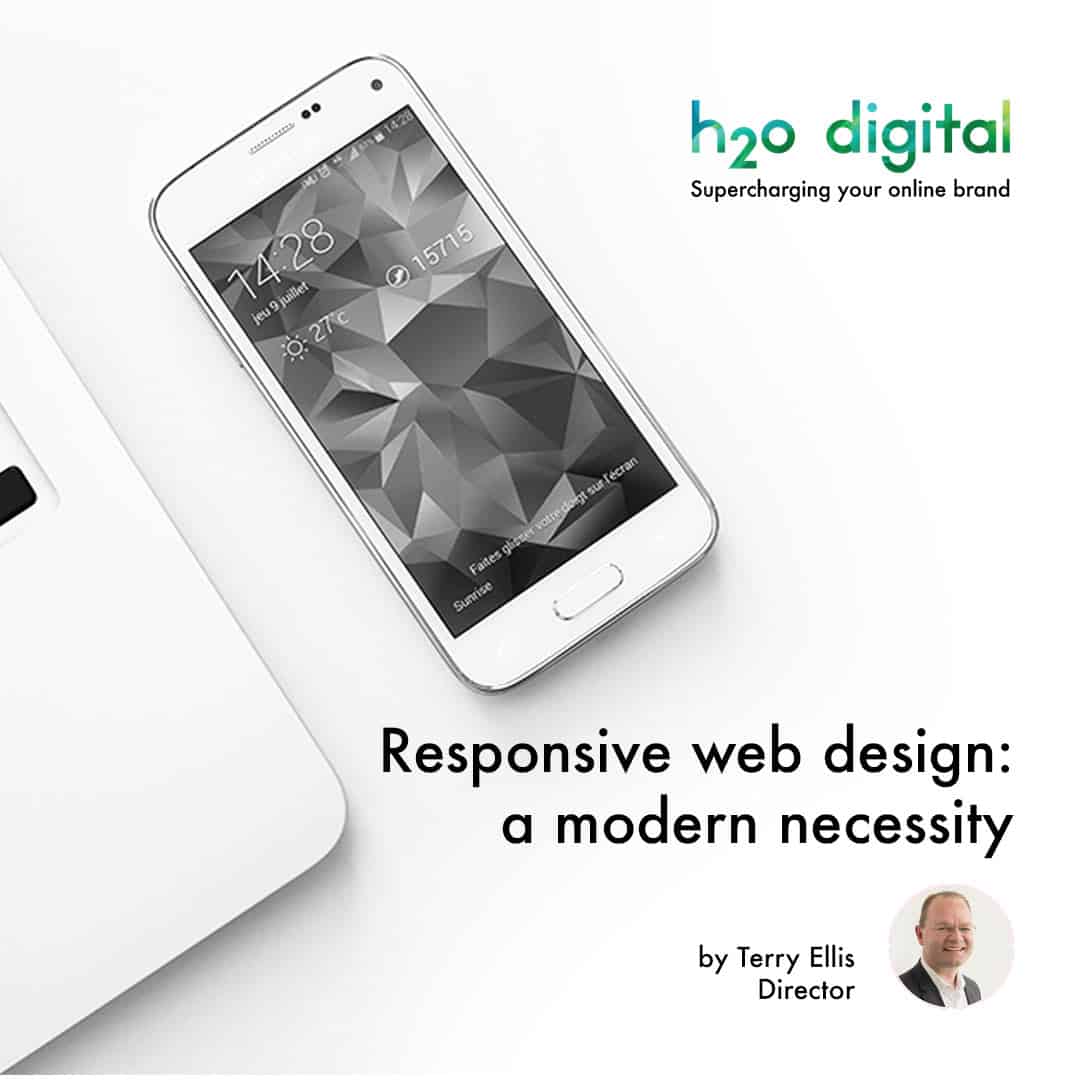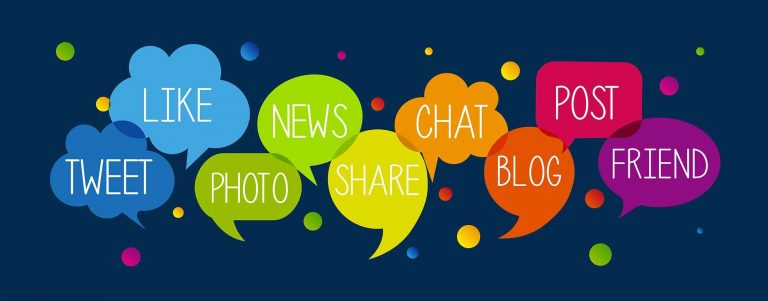Responsive web design: a modern necessity
In our previous blog – Why a website is essential to your business – we established that having a website is vital.
In a world where all manner of devices can be used to access your website, how do you make sure your website looks and performs exactly as it should no matter how someone is accessing it? Easy: responsive design.
A short history of smartphones
To explain and demonstrate the importance of responsive design it’s necessary to give a brief history of smartphones.
1997: The first ever smartphone is released. It is a Nokia.
2001: RIM introduce the BlackBerry and smartphones take off in the business world.
2007: Six years after the BlackBerry is first sold, Apple release the iPhone: the first smartphone marketed to mass consumers. This was a big step towards the smartphones we know today for a few reasons:
- The first iPhone was touchscreen only, with no physical keyboard
- It was internet-connected
- Developers could build and release apps for iPhone users to download
- 74 days after release over 1 million people in the USA owned an iPhone
Today, there are over 1.8billion internet-enabled smartphones. Because of this, the way we consume digital media has changed. In 2008, 80% of all digital media was consumed on desktop devices. Now, over half of all digital media consumed is done so through a smartphone, with only 40% now consumed on desktop (eMarketer, 2015). The rise of smartphones has changed how we use the internet.
Many more of us now access websites and apps on the go, when computers with big screens are nowhere to be seen. Websites have had to adapt to meet changing expectations of customers. As a basic necessity your website must now look and act its best on any device. Your website must be responsive.
With that in mind, let’s look at exactly what responsive design is and how it benefits your business.
What is responsive web design?
Responsive web design has been around since the late 00’s, but it wasn’t until 2010 that the term was coined by Ethan Marcotte.
Before this term was developed and responsive web design became the norm, companies had tended to use two different websites: one for mobile and one for desktop.
Often, the mobile websites were just stripped down versions of the desktop sites, leading to a lack of features and content that could be frustrating for customers. It was also expensive as two websites were needed, so design costs were doubled.
The emergence of responsive websites has led to the current usage of websites with a single URL.
(Incidentally, h2o digital has been producing responsive websites since the beginning of 2012, long before it became a trend and long before Google made it a ‘must have’.)
This single URL recognises which kind of device customers are using and responds by re-orientating the page to settings optimised for that particular type of device. No more using two websites and no more frustrated customers.
Essentially, responsive web design is all about crafting websites that provide the best user experience across all devices, ranging from desktop monitors and laptops, to tablets and smartphones.
The fundamental idea behind responsive web design is that all viewing and interaction experiences should be easy and fluid, regardless of device.
This means reading, navigation, panning, and scrolling should all feel intuitive to the platform currently being used. And this means you are meeting the expectations of your customers.
As more people own a range of different devices, providing a seamless experience for your customers across all devices will become more important than ever.
Features of a responsive website
- A single URL that changes the website layout depending on the device
- A website that feels intuitive on all devices
- A website that offers the same information to all devices
- Navigation is clear and easy to find
Benefits of a responsive web design for your business
In April 2015, Google – the most widely used search engine and one of the most influential names in the digital world – changed its search algorithm to favour mobile-friendly websites.
This was an acknowledgement of how much internet access has changed.
It also means websites that aren’t responsive get penalised in search engines, a big no-no for any business that is online.
In 2012, responsive web design was just starting to become a trend. Today, it is a must in order for you to successfully compete with others in your industry.
Besides better search rankings, there are a whole host of other benefits you gain from having a responsive website.
One site, not two
Having only one website means there’s less initial up-front design and on-going maintenance costs for you. You’re also able to consolidate all of your data and analytics in one place, allowing you to accurately track everything that happens on your website (free marketing, remember?).
Seamless experiences
Websites are all about the user experience.
67% of people start something on one device and continue on another, with a staggering 98% moving between different devices within 24 hours (reliablesoft.net, 2014).
A responsive website provides your customers with the same information, in the same place, making their life easy when they inevitably change devices.
This easy and seamless experience means your customers are more satisfied. Satisfied customers come back.
Ability to tailor content
Believe it or not, smartphone users are generally looking for different things on a website than those using a laptop or desktop PC:
- Smartphone users want information about a product in written form that they can quickly read while on a bus or train
- Laptop and desktop users have more time and won’t be using mobile data so a video might be suitable alongside text to give more depth to information.
Tailoring content to your customer’s needs is now expected. By using a responsive design you’re ensuring you always meet your customer’s needs and provide value for them.
Contact information is accessible and very visible
Many people using a smartphone are looking for some form of contact information. If your website is responsive, contact information is very-easily found, usually at the bottom of each page. This will delight your customers!
Simple
The simplest way for you to reach people across different channels (smartphones, tablets, laptops etc.) is by having a single website that is optimised for the individual using it. A website that adapts to the user’s requirements without them ever knowing.
Future-proofing
Usage of smartphones, tablets, watches, and all sorts of other smart devices is going to increase as they become more widespread.
Having a responsive website effectively future-proofs your website, giving it the ability to handle a range of new smart devices as they come to market.
You won’t have to worry about an expensive re-design and you can be safe in the knowledge that your website will stand the test of time.
We’ve established that having a website that can be accessed from any device is essential for a successful business in the 21st century. But how does this benefit you if you don’t know how to get a website or what to do with it?







